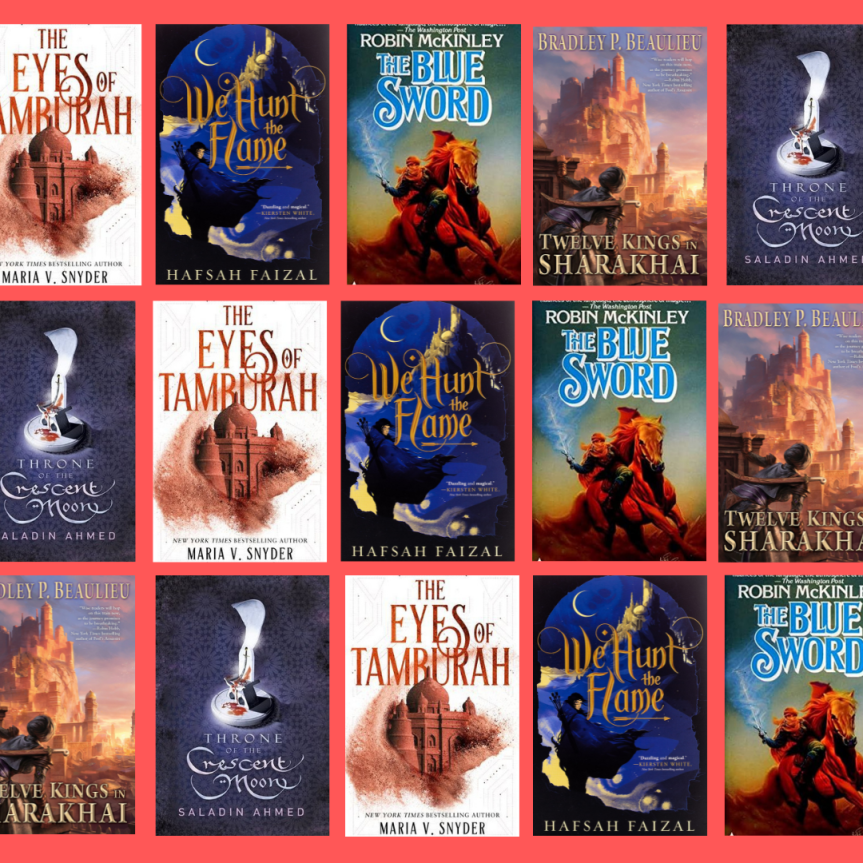February is well and truly upon us now, and as we hurtle toward spring we wanted to take a moment to pause and realize that: this month represents more than just our march out of the cold toward new growth—February is also Black History Month in the United States.
Black History Month is a time to honor the contributions and legacy of African Americans across U.S. history and society—from activists and civil rights pioneers, to leaders in industry, politics, science, culture and more.
Black History Month 2023 Theme
Since 1976, when American president has designated February as Black History Month, they’ve also endorsed a a specific theme for each year.
The Black History Month theme for 2023 is: “Black Resistance.” Which explores how African Americans have resisted historic and ongoing oppression, in all forms, since the nation’s earliest days.
Could one think of a more powerful way to Resist and be Heard, than through the written word, and the telling of stories that sing in our hearts? After all—as Edward Bulwer-Lytton so aptly put it—”The pen is mightier than the sword.”
Read on to discover some of these voices, in 5 must-read Science Fiction books from Black authors and editors who continue to pull us into their worlds of magic and adventure.
~~

Who Fears Death
by Nnedi Okorafor
—An award-winning literary author presents her first foray into supernatural fantasy with a novel of post-apocalyptic Africa.
In a far future, post-nuclear-holocaust Africa, genocide plagues one region. The aggressors, the Nuru, have decided to follow the Great Book and exterminate the Okeke. But when the only surviving member of a slain Okeke village is brutally raped, she manages to escape, wandering farther into the desert. She gives birth to a baby girl with hair and skin the color of sand and instinctively knows that her daughter is different. She names her daughter Onyesonwu, which means “Who Fears Death?” in an ancient African tongue.
Reared under the tutelage of a mysterious and traditional shaman, Onyesonwu discovers her magical destiny – to end the genocide of her people. The journey to fulfill her destiny will force her to grapple with nature, tradition, history, true love, the spiritual mysteries of her culture – and eventually death itself.
~~
Dark Matter: A Century of Speculative Fiction from The African Diaspora
Edited by Sheree R. Thomas
—This volume introduces black science fiction, fantasy, and speculative fiction writers to the generations of readers who have not had the chance to explore the scope and diversity among African-American writers.

~~

The City We Became: A Novel
by N.K. Jemisin
—Three-time Hugo Award-winning and New York Times bestselling author N.K. Jemisin crafts her most incredible novel yet, a “glorious” story of culture, identity, magic, and myths in contemporary New York City.
Five New Yorkers must come together in order to defend their city.
Every city has a soul. Some are as ancient as myths, and others are as new and destructive as children. New York City? She’s got five.
But every city also has a dark side. A roiling, ancient evil stirs beneath the earth, threatening to destroy the city and her five protectors unless they can come together and stop it once and for all.
~~
Africa Risen
Edited by Sheree Renee Thomas, Oghenechovwe Donald Ekpeki, and Zelda Knight
—From an award-winning team of editors comes an anthology of thirty-two original stories showcasing the breadth of fantasy and science fiction from Africa and the African Diaspora.

A group of cabinet ministers query a supercomputer containing the minds of the country’s ancestors. A child robot on a dying planet uncovers signs of fragile new life. A descendent of a rain goddess inherits her grandmother’s ability to change her appearance—and perhaps the world.
Created in the legacy of the seminal, award-winning anthology series Dark Matter, Africa Risen celebrates the vibrancy, diversity, and reach of African and Afro-Diasporic SFF and reaffirms that Africa is not rising—it’s already here.
~~

The Black God’s Drums
by P. Djeli Clark
—Rising science fiction and fantasy star P. Djèlí Clark brings an alternate New Orleans of orisha, airships, and adventure to life in his immersive debut novella The Black God’s Drums.
Creeper, a scrappy young teen, is done living on the streets of New Orleans. Instead, she wants to soar, and her sights are set on securing passage aboard the smuggler airship Midnight Robber. Her ticket: earning Captain Ann-Marie’s trust using a secret about a kidnapped Haitian scientist and a mysterious weapon he calls The Black God’s Drums.
But Creeper keeps another secret close to heart–Oya, the African orisha of the wind and storms, who speaks inside her head and grants her divine powers. And Oya has her own priorities concerning Creeper and Ann-Marie…
~~
Follow Galaxy’s Edge Magazine at:
Facebook / Instagram / Twitter
























